
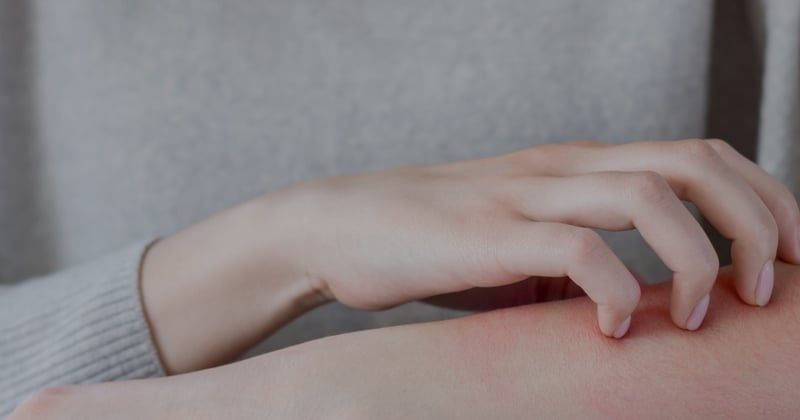
Eczema Treatment
in De Pere, WI
What Is Eczema?
Eczema is a common skin condition that affects more than 31 million people in the United States, according to the National Eczema Association (NEA). It causes dry, scaly skin with redness and itching, and blisters or tiny bumps with a rash-like appearance. In severe cases, the skin may form painful cracks that bleed and form a crust. It’s very common for babies and young children to develop eczema on their cheeks and chin, but it can appear anywhere on the body and affect people of all ages. The NEA estimates that one in ten people will develop eczema at some point in their lives.
If you have eczema, living with the condition can be challenging and frustrating. It can greatly affect your quality of life, often leading to difficulty sleeping, low self-esteem, embarrassment, and avoiding social situations. People with eczema commonly experience flare-ups and periods of remission. During a flare, skin is actively itchy and very inflamed. During a period of remission, skin heals and there may not be any noticeable symptoms. Remission can last weeks, months, or even years. Eczema isn’t contagious and can’t be transmitted from person-to-person.
BOOK NOW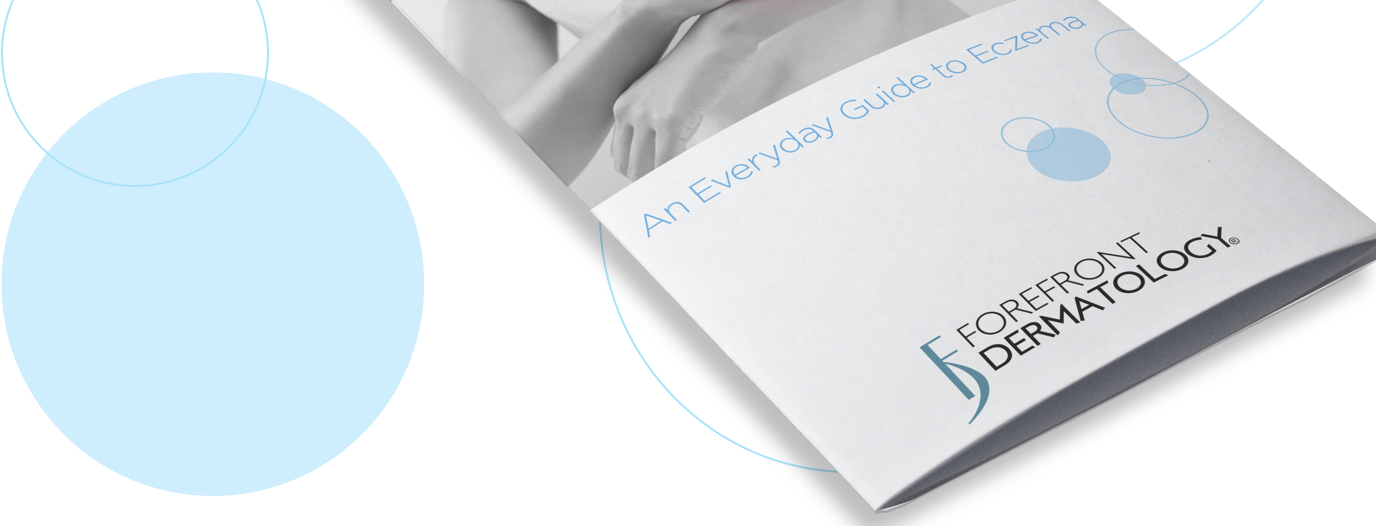
An Everyday Guide to Eczema
Download BrochureEczema Symptoms
The symptoms of eczema won’t be the same for everyone. For most people with eczema, their skin is extremely itchy. Because the skin itches so much, people often scratch their skin until it bleeds. In addition to intensely itchy skin, these are the most common eczema symptoms to watch out for:
 Skin redness
Skin redness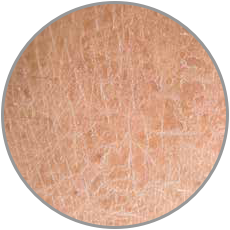 Dry, sensitive skin
Dry, sensitive skin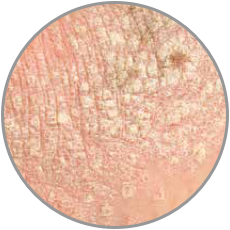 Scaly rash
Scaly rash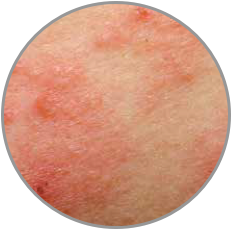 Swollen, inflamed skin
Swollen, inflamed skin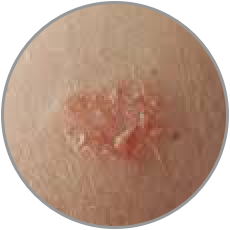 Bumps or blisters that bleed or ooze when scratched
Bumps or blisters that bleed or ooze when scratched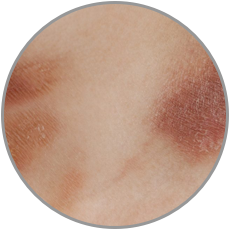 Dark-colored patches of skin
Dark-colored patches of skin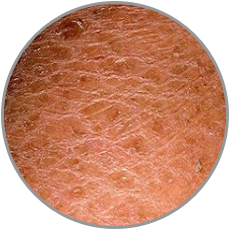 Patches of skin that appear rough or leathery
Patches of skin that appear rough or leathery
Are There Different Types of Eczema?
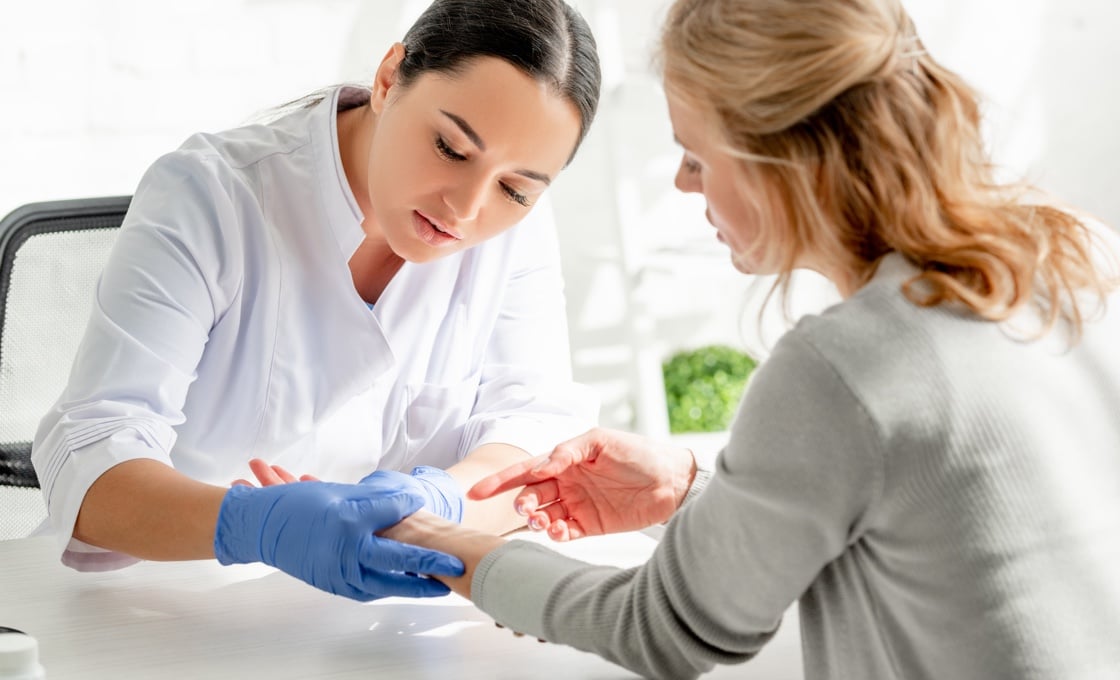
According to the NEA, there are seven different types of eczema:
Atopic dermatitis: This is the most common type of eczema. It’s a chronic and inflammatory type of eczema that typically affects the backs of the knees and elbows and produces symptoms that are typically seen in most people with eczema, such as dry, scaly skin, itching, and redness. Atopic dermatitis usually affects people who have hay fever and asthma.
Contact dermatitis: Irritant or allergic contact dermatitis occurs when your skin comes into contact with allergens or an irritating substance, such as some soaps and fragrances, detergents, pollen or animal dander, wool, or nickel in jewelry. Contact dermatitis makes the skin inflamed, causing your skin to burn and itch.
Nummular eczema: Nummular eczema produces scaly, coin-shaped patches that are very itchy. It usually occurs on the legs and is thought to be triggered by insect bites and dry skin during the winter.
Neurodermatitis: Neurodermatitis is very similar in appearance to atopic dermatitis, and it affects about 12% of people in the US, according to the NEA. Symptoms of neurodermatitis include thick, scaly patches that form on the scalp, neck, shoulders, hands, ankles, and feet. These patches are very itchy and bleed easily when scratched.
Seborrheic dermatitis: This type of eczema usually forms on parts of the body that have a lot of sebaceous, or oil-producing, glands, such as the scalp, back, or eyebrows. When it affects the scalp, seborrheic dermatitis results in dandruff. In infants, it’s known as “cradle cap.”
Dyshidrotic eczema: This skin condition produces small, fluid-filled blisters on the soles of the feet, toes, palms, and fingers. It’s much more common in women and is usually caused by moist hands and feet, allergies, stress, or exposure to nickel (found in some jewelry), chromium salts (found in some paints, leather, and cement), and cobalt (found in metal-plated objects).
Stasis dermatitis: Stasis dermatitis usually affects the lower legs and typically affects the elderly. It’s caused by a circulation problem that affects blood flow, causing fluid to leak out of weakened veins and into the skin. Symptoms include swollen ankles, open red sores, pain, and itching.

What Causes Eczema?
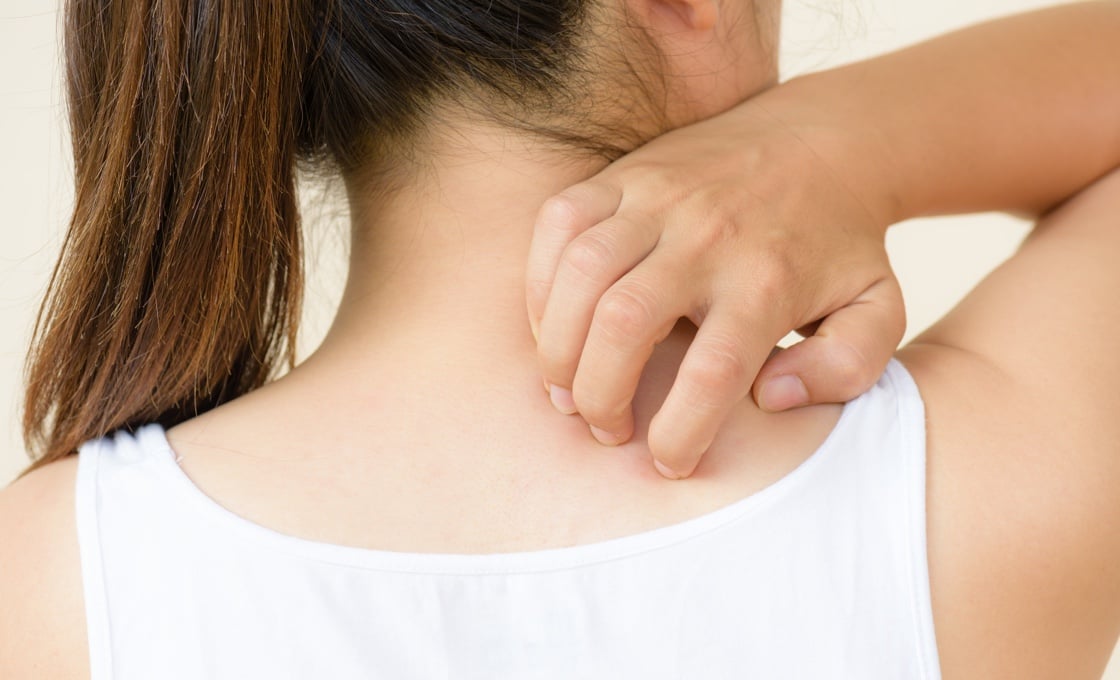
A specific eczema cause hasn’t been found, although there are several theories. Eczema does have a genetic basis and tends to run in families. It’s also thought that people with eczema have an overactive immune system that causes an inflammatory response when triggered by a specific substance. This is what leads to red, itchy skin and the other symptoms associated with eczema.
Research has also shown that some people with eczema lack a protein in their skin called filaggrin, which is responsible for building a healthy protective barrier on the top layer of skin. Without enough filaggrin, skin dries out rapidly, making it difficult to retain proper moisture levels. This is one of the reasons why people with eczema have very dry, itchy skin.
While the exact eczema cause is unknown, researchers have found that exposure to certain substances or even situations can trigger a skin reaction, resulting in noticeable symptoms. Take a look at some of the most common eczema triggers and irritants that can lead to eczema symptoms:
Environmental Factors
- Dry air
- Pollen
- Pet dander
- Dust mites
- Mold
- Tobacco
- Pollution
- Sweating
- Extremes in temperature, such as very hot or cold
Lifestyle Factors
- Food allergies
- Stress
- Hormonal changes
Irritant Products
- Fragrances and perfumes
- Laundry detergents
- Soaps
- Cosmetics
- Chlorine
- Cleaning products and disinfectants
- Wearing clothing made of wool or synthetic fabrics
- Certain metals, such as nickel
Can Eczema be treated?
There isn’t an eczema cure, but there are treatments to help manage symptoms. No treatment option will work for everyone, and treatments can range from eczema medicine, such as prescription topical treatments, over-the-counter products, and lifestyle modifications. Eczema treatment must be consistent regardless of which type of eczema you have.
Let’s take a closer look at the different ways to treat eczema:
Skin care: Ensuring that your skin stays moist is important if you have eczema. Itching increases when your skin is dry, so using a moisturizer, cream, or ointment can help keep your skin moisturized. Applying these products several times a day, especially after showering or bathing while your skin is still slightly wet, can help to restore the moisture barrier and hydrate your skin. Look for products containing hyaluronic acid, ceramides, and coconut oil. Products labeled “for sensitive skin,” “hypoallergenic,” and “fragrance free” are key words to look for.
Avoid triggers: For many people with eczema, exposure to certain ingredients or substances can cause symptoms to flare up. Avoiding products containing alcohol, perfumes, dyes, or fragrance can be beneficial and keep the itching and redness under control. You can also avoid wearing wool and other irritating fabrics, choosing loose cotton clothing instead.
Treat the itch: Preventing and treating itching is an important component of eczema treatment. Using over-the-counter creams with hydrocortisone as an active ingredient can help control the itching, swelling, and redness that occurs in people with eczema. For severe cases, stronger eczema medicine containing steroids can be prescribed by your dermatologist.
Although an eczema cure isn’t available, it’s possible to effectively control and minimize your symptoms with proper treatment and by practicing good skin care. You can also prevent flare-ups by resisting scratching, avoiding hot showers and baths, and minimizing stress.
1 Location in the De Pere, WI area
Booking an appointment has never been easier.
Available 24/7.